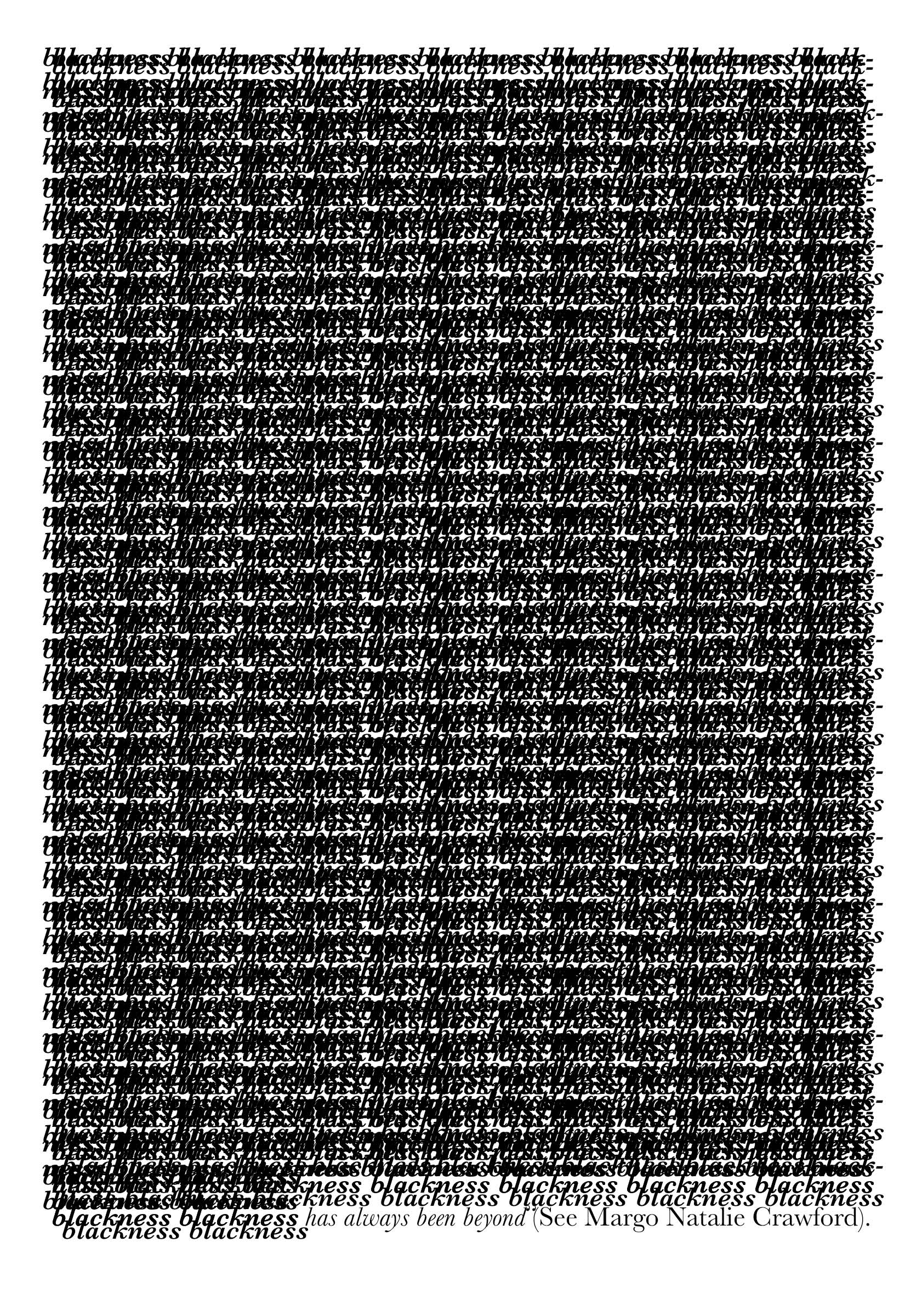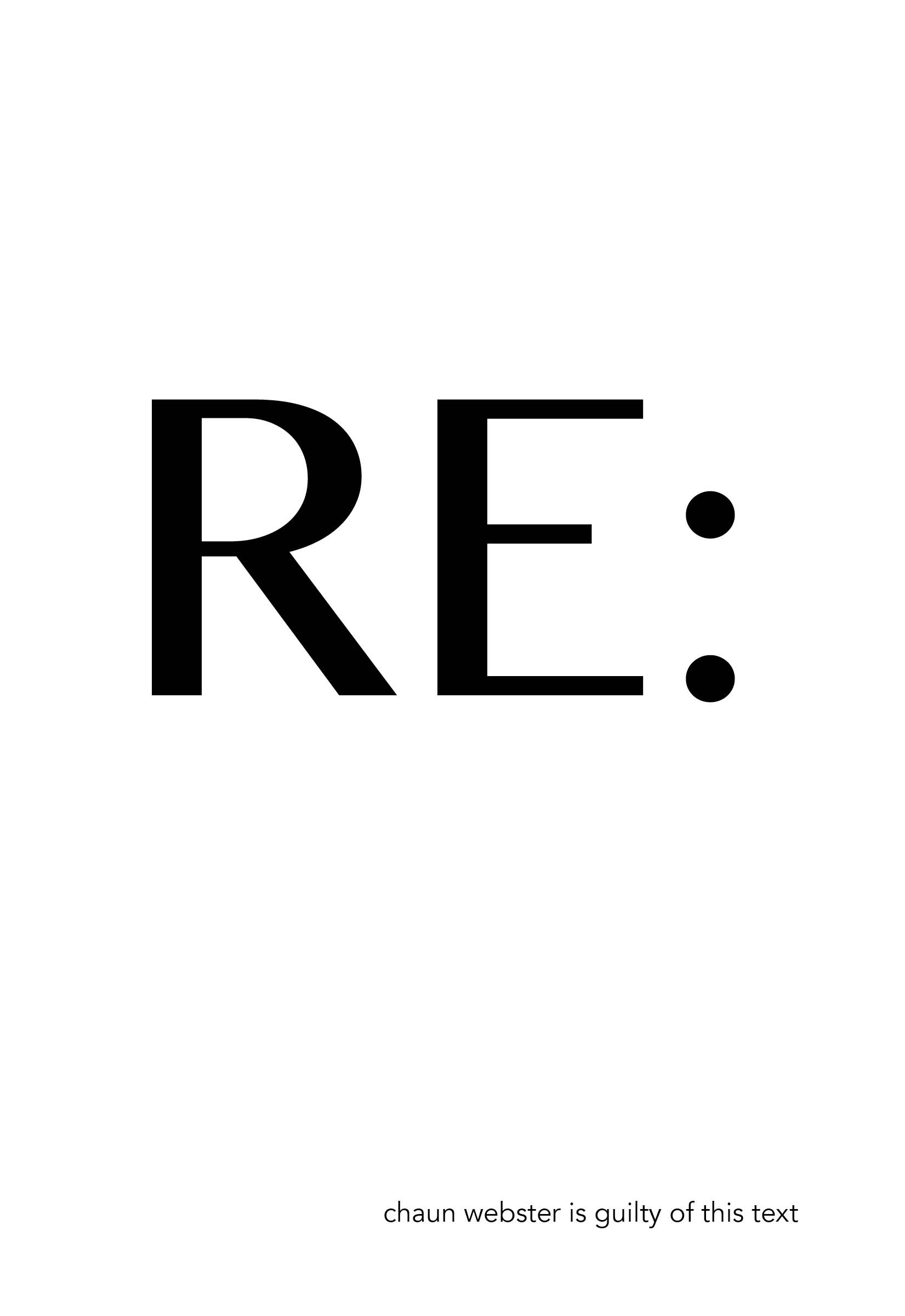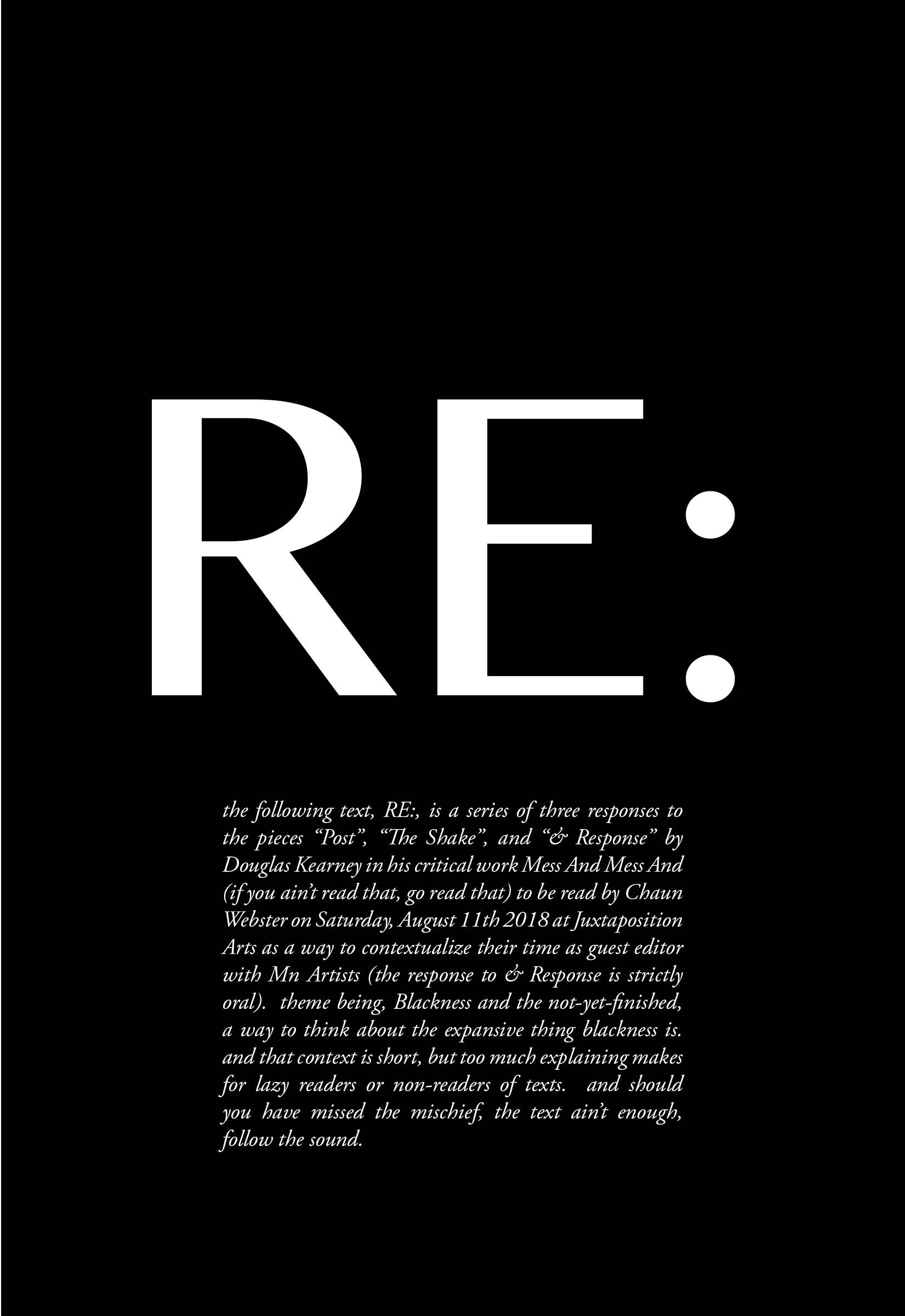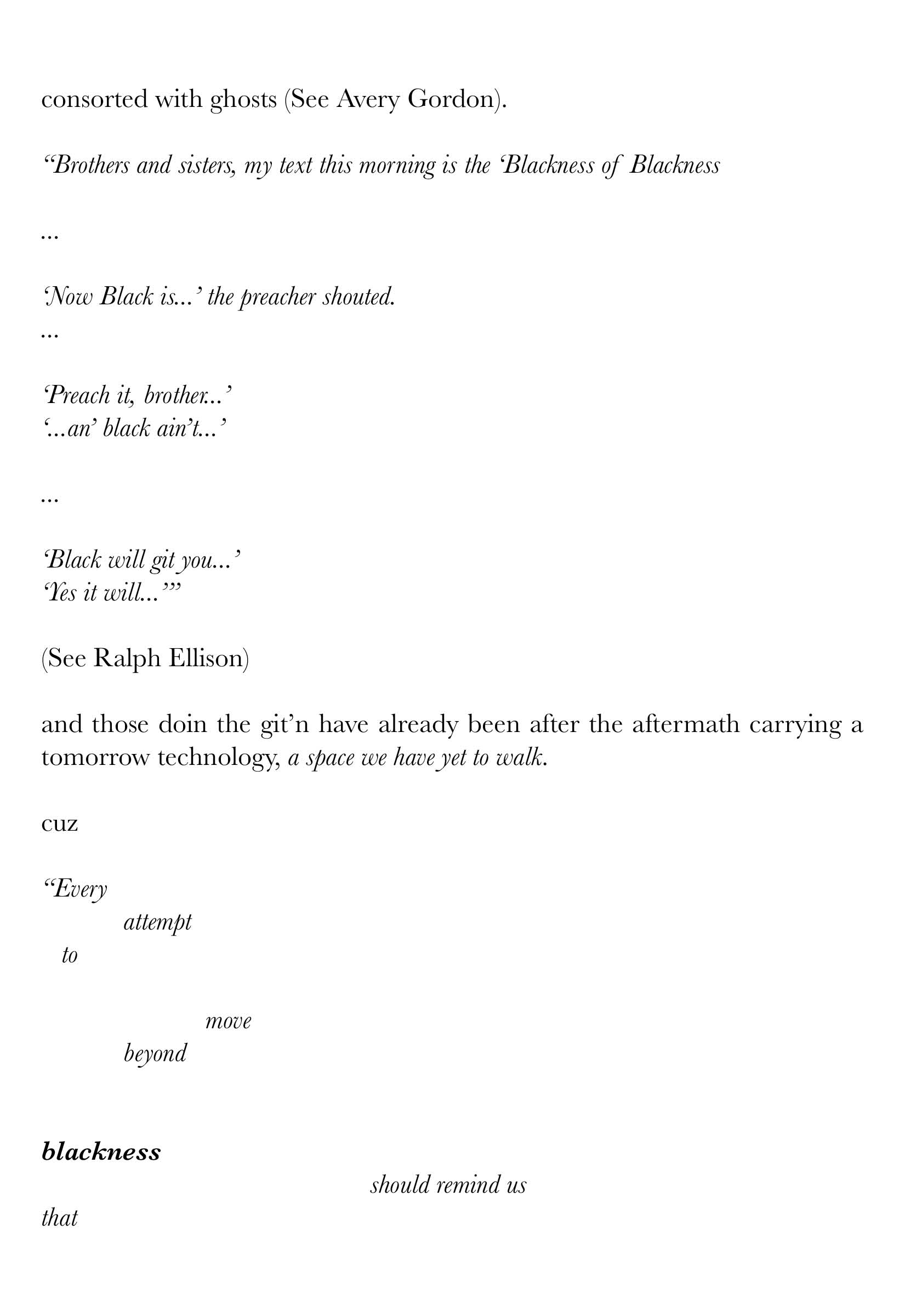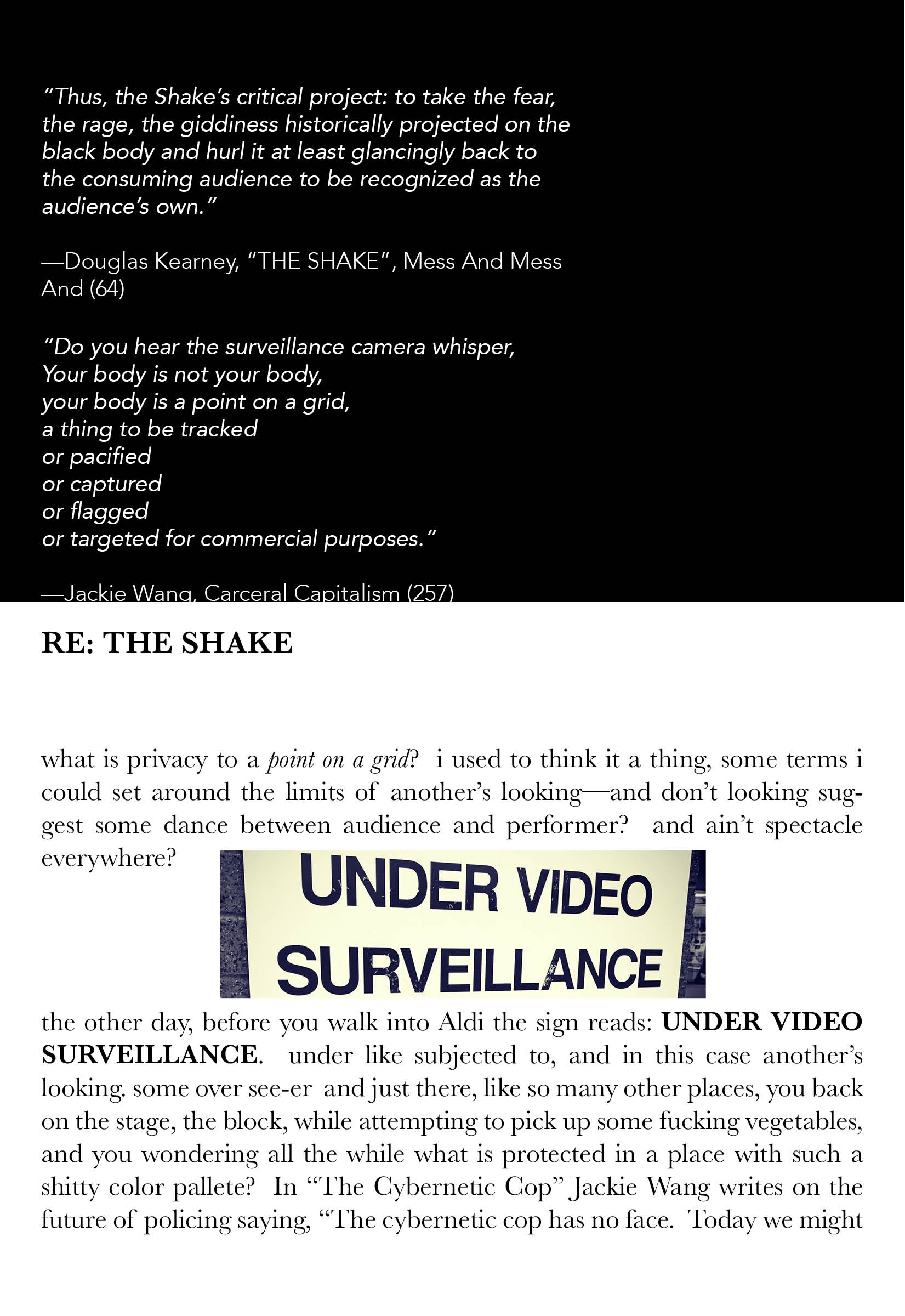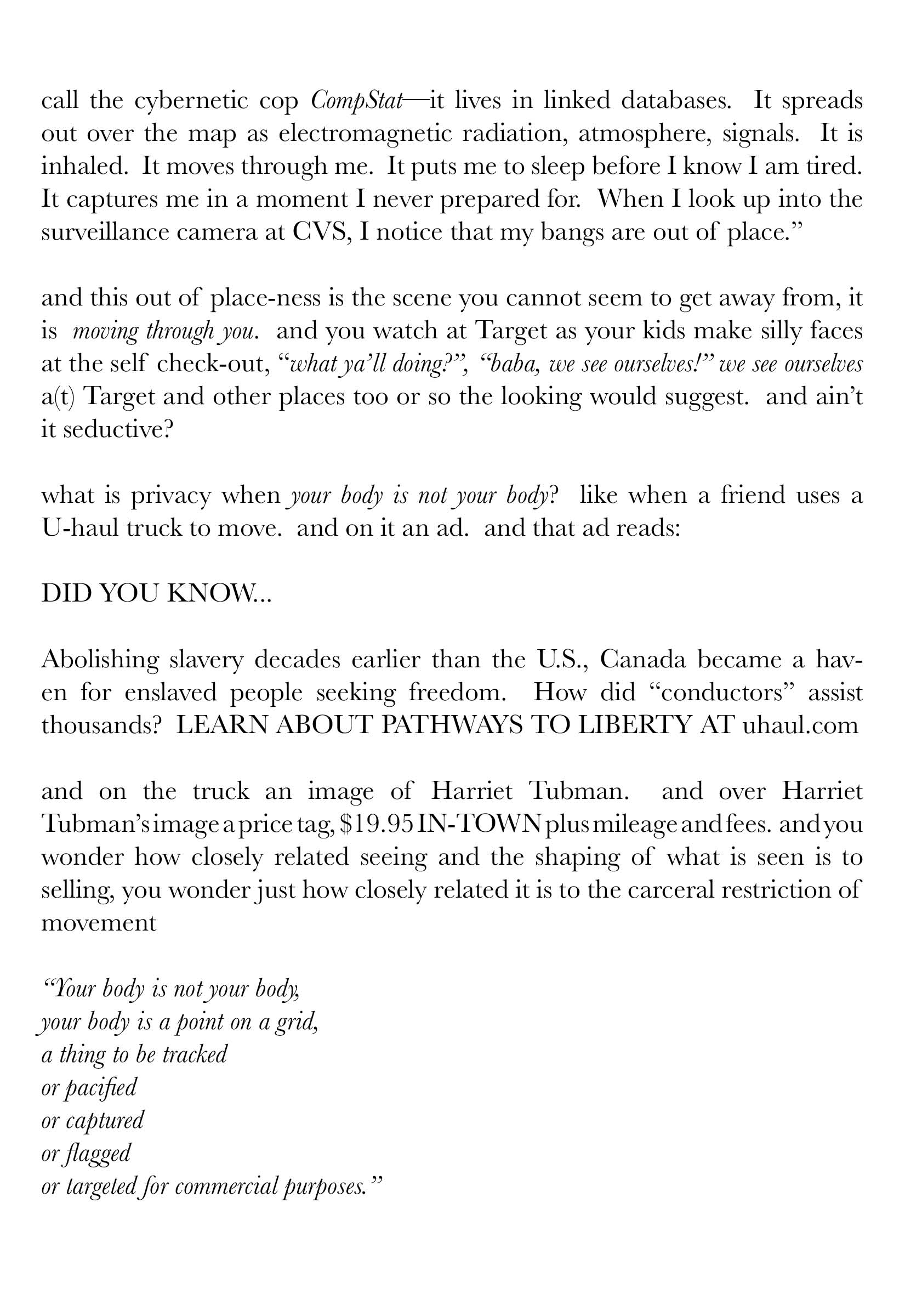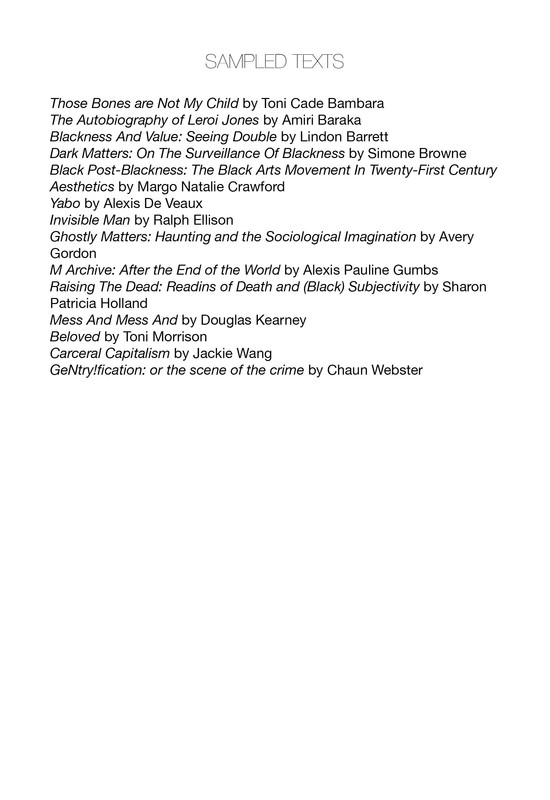Part of Series
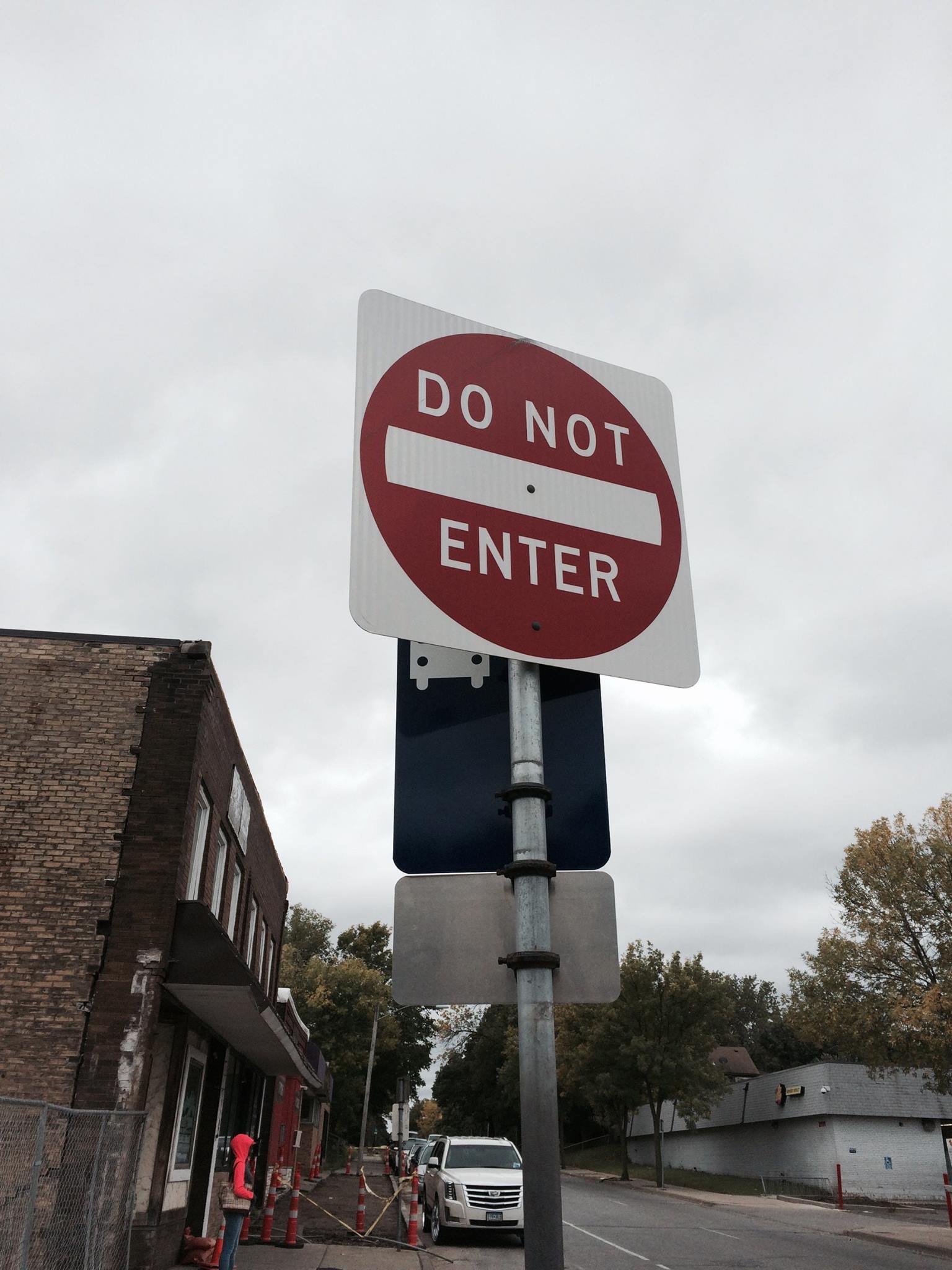 Blackness and the Not-Yet-Finished
Blackness and the Not-Yet-Finished
 Blackness and the Not-Yet-Finished
Blackness and the Not-Yet-Finished
 Blackness and the Not-Yet-Finished
Blackness and the Not-Yet-Finished
 Blackness and the Not-Yet-Finished
Blackness and the Not-Yet-Finished
 Blackness and the Not-Yet-Finished
Blackness and the Not-Yet-Finished
 Blackness and the Not-Yet-Finished
Blackness and the Not-Yet-Finished
 Blackness and the Not-Yet-Finished
Blackness and the Not-Yet-Finished
 Blackness and the Not-Yet-Finished
Blackness and the Not-Yet-Finished
 Blackness and the Not-Yet-Finished
Blackness and the Not-Yet-Finished
 Blackness and the Not-Yet-Finished
Blackness and the Not-Yet-Finished
 Blackness and the Not-Yet-Finished
Blackness and the Not-Yet-Finished
 Blackness and the Not-Yet-Finished
Blackness and the Not-Yet-Finished
 Blackness and the Not-Yet-Finished
Blackness and the Not-Yet-Finished
 Blackness and the Not-Yet-Finished
Blackness and the Not-Yet-Finished
 Blackness and the Not-Yet-Finished
Blackness and the Not-Yet-Finished
 Blackness and the Not-Yet-Finished
Blackness and the Not-Yet-Finished
 Blackness and the Not-Yet-Finished
Blackness and the Not-Yet-Finished
 Blackness and the Not-Yet-Finished
Blackness and the Not-Yet-Finished
 Blackness and the Not-Yet-Finished
Blackness and the Not-Yet-Finished
 Blackness and the Not-Yet-Finished
Blackness and the Not-Yet-Finished
 Blackness and the Not-Yet-Finished
Blackness and the Not-Yet-Finished
 Blackness and the Not-Yet-Finished
Blackness and the Not-Yet-Finished
 Blackness and the Not-Yet-Finished
Blackness and the Not-Yet-Finished
 Blackness and the Not-Yet-Finished
Blackness and the Not-Yet-Finished
 Blackness and the Not-Yet-Finished
Blackness and the Not-Yet-Finished
 Blackness and the Not-Yet-Finished
Blackness and the Not-Yet-Finished
 Blackness and the Not-Yet-Finished
Blackness and the Not-Yet-Finished
 Blackness and the Not-Yet-Finished
Blackness and the Not-Yet-Finished
 Blackness and the Not-Yet-Finished
Blackness and the Not-Yet-Finished
 Blackness and the Not-Yet-Finished
Blackness and the Not-Yet-Finished
Blackness and the Not-Yet-Finished
Mn Artists guest editor, poet and sound artist Chaun Webster, critically engages Douglas Kearney's conceptualization of mess as a way to think about the plasticity of blackness within its spatial temporal continuum.
